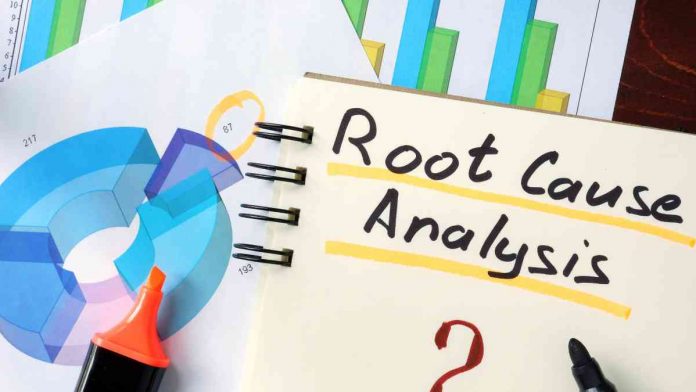For greater transparency and more productive development, it’s important to have cohesive root cause analysis processes in place. But in many cases, root cause analysis is time consuming and challenging.
What tools can you integrate and what changes can you make to improve your root cause analysis efficiency?
The Basics of Root Cause Analysis
Root cause analysis is a process designed to identify the primary causal link in the chain leading to a given problem or failure. It’s widely used in engineering and software development, enabling developers to find the causes for various bugs and failures, but it can also be applied to other environments; for example, in the construction industry, it’s common for safety supervisors to conduct a root cause analysis to determine how and why an employee was injured on the job.
For a root cause analysis to be effective, it needs to be relatively quick, organized, direct, and capable of producing results. While simple from a hypothetical standpoint, root cause analyses can quickly become complicated and burdensome if you’re not careful.
Fortunately, there are several strategies that can help you keep your root cause analyses tight and efficient.
Strategies for Improving Root Cause Analysis
These strategies can help you improve your root cause analysis, facilitating higher speed and effectiveness.
1. Use an AIOps platform
First, use an AIOps platform. AIOps platforms, powered by automation and generative AI, are capable of detecting and resolving incidents – even before they become apparent. This technology is designed to ensure continuous operation, preventing outages, and is remarkably effective in automating root cause analysis. If used responsibly, alongside human experts, it can greatly reduce costs, streamline efficiency, and even maximize your chances of identifying the “right” root causes.
Next, designate authorities to take charge of your root cause analysis. You may have a supervisor or senior staff member with more knowledge and experience they can apply to the root cause analysis, or you may want people directly involved with a given issue to take point on conducting the analysis. What’s important is that there’s a clear, accountable party who will consistently step up when necessary. This can minimize confusion and chaos in the wake of a new issue – and eventually improve the consistency of your analyses as well.
3. Clearly define the problem
Whenever you’re starting a new root cause analysis, you need to clearly define the problem. In some cases, the best you can do is identify a failure. But in most cases, you’ll need to be more specific. How and when did this failure occur? What kind of failure is it? Why is this failure important to study? Once you have a clear understanding of the problem, you should know where to invest your attention to discover the most relevant root causes.
4. Collect the right information
It may seem like the information gathering stage is the least relevant, since you’re not actually forming any conclusions. But in some ways, it’s the most important. If you don’t collect enough information, you might not be able to reach a conclusion. If you collect biased or flawed information, you might lead yourself to the wrong conclusion. Accordingly, you need to have strong protocols in place for what type of information to collect and how to collect it. The richer and more relevant your data is, the easier it’s going to be to identify a root cause.
5. Identify all causal factors
The term “root cause analysis” may seem to imply that there’s only one root cause. But there may be multiple, discrete or synergistic root causes in play for a given issue. Early in your analysis, identify all conceivable causal factors worth exploring.
6. Ask the five whys
The “five whys” is a question-asking approach designed to get you closer and closer to the actual root cause for a given effect. Essentially, it involves asking “why” up to five times in a row. For example: Why did the car crash? Because the driver didn’t react to an obstacle in time. Why didn’t they react to the obstacle in time? Because they were distracted. Why were they distracted? Because there’s a new eye-catching billboard overlooking a commonly trafficked area.
7. Focus on productive, actionable takeaways
Identifying a root cause might be the apparent goal of a root cause analysis, but the real point of this exercise is to learn something meaningful. The conclusions you form are only going to be meaningful if they result in productive, actionable takeaways. For example, how do you fix the problem? How do you prevent this problem from emerging in the future? How can you change your processes or approach?
8. Educate and train others
Some departments benefit from having multiple people capable of conducting a root cause analysis. If this is the case for your team, make it a point to educate and train others on the most important protocols for a successful root cause analysis. Any investment you make in future consistency is going to pay off.
With a better, more consistent root cause analysis process in place, you’ll be able to identify issues faster, speculate about root causes with greater clarity, and eventually devise solutions and improvements that make your organization more streamlined. It takes time to put all the pieces together, but with refinement and practice, almost any team can benefit from these changes.


